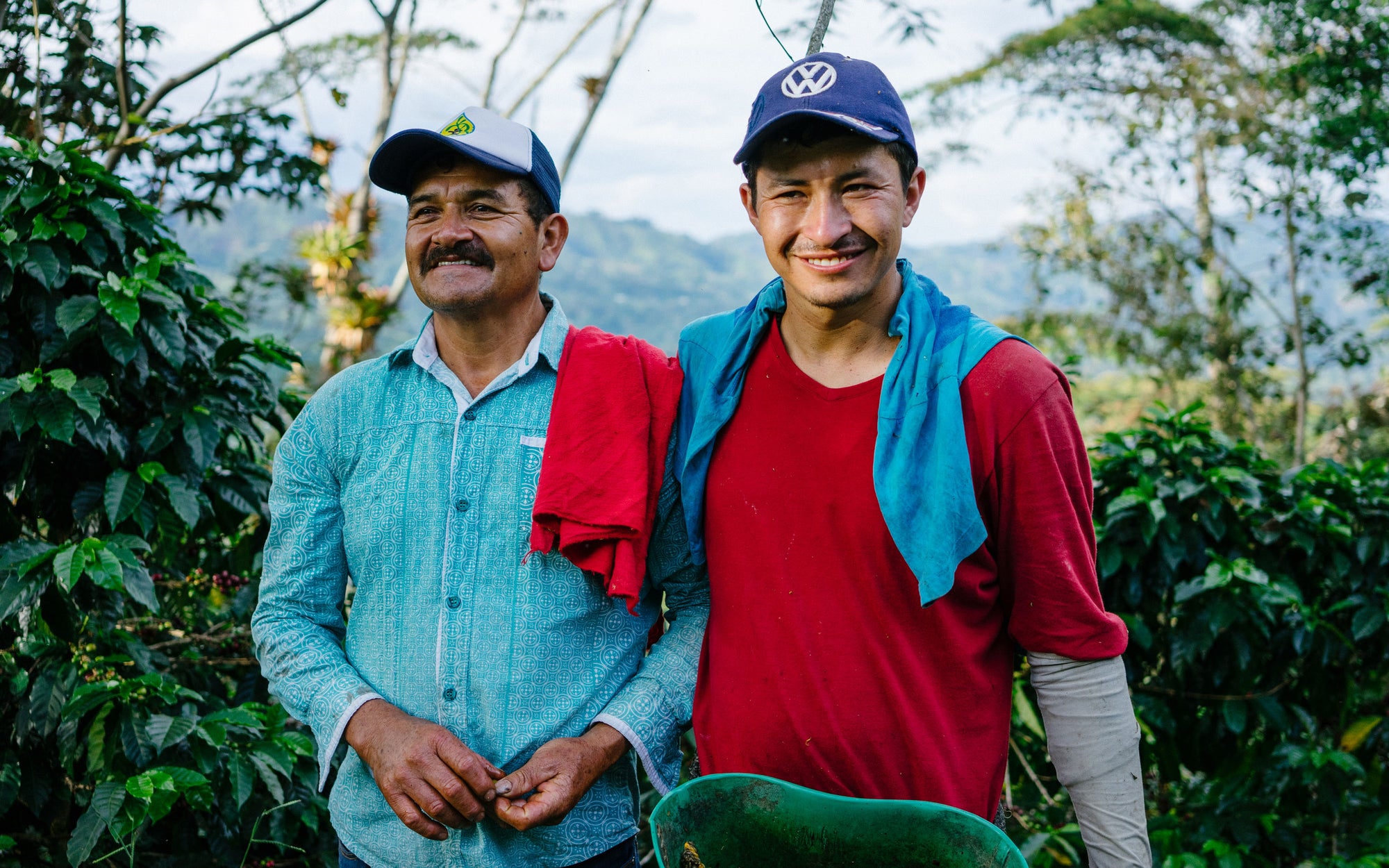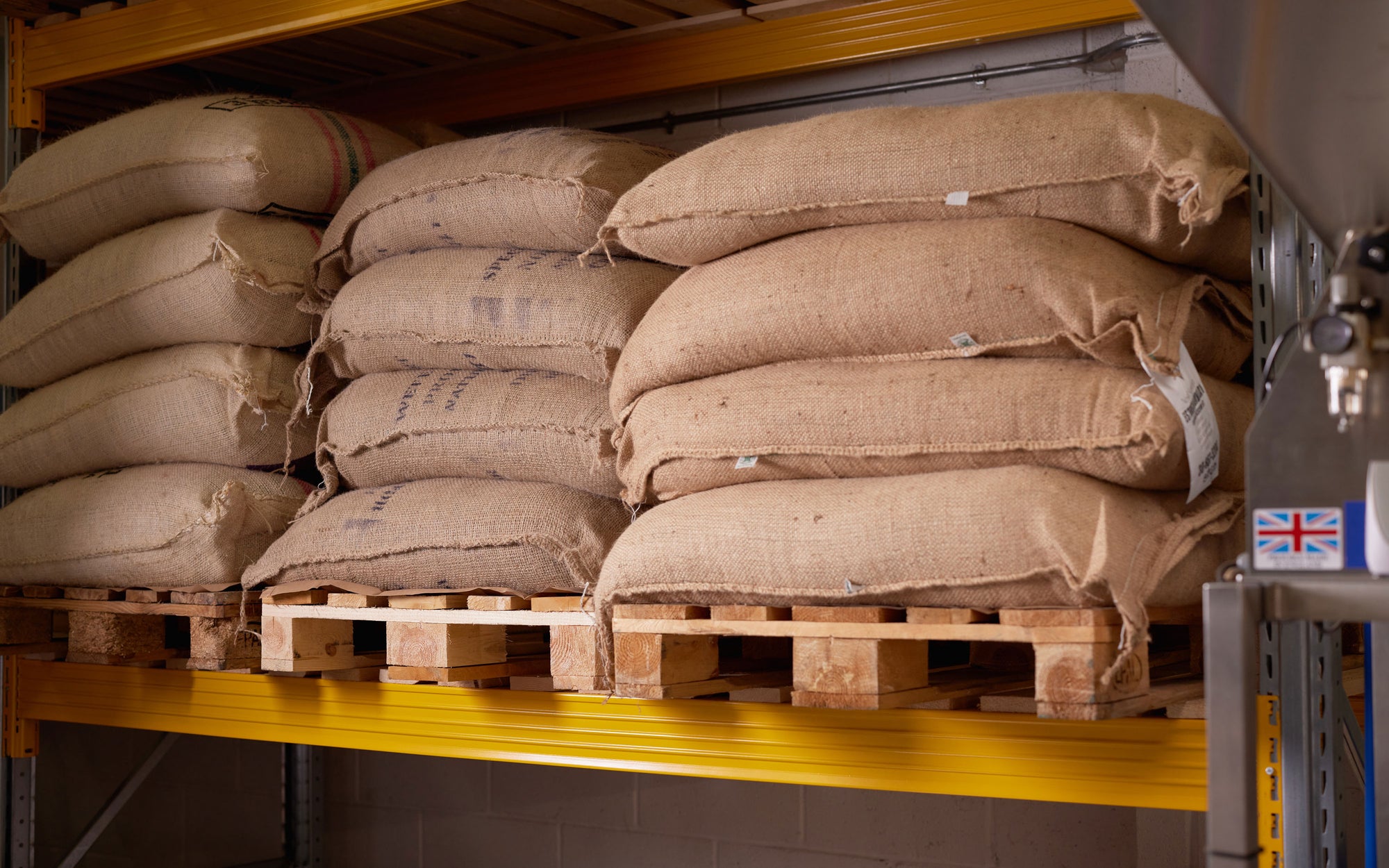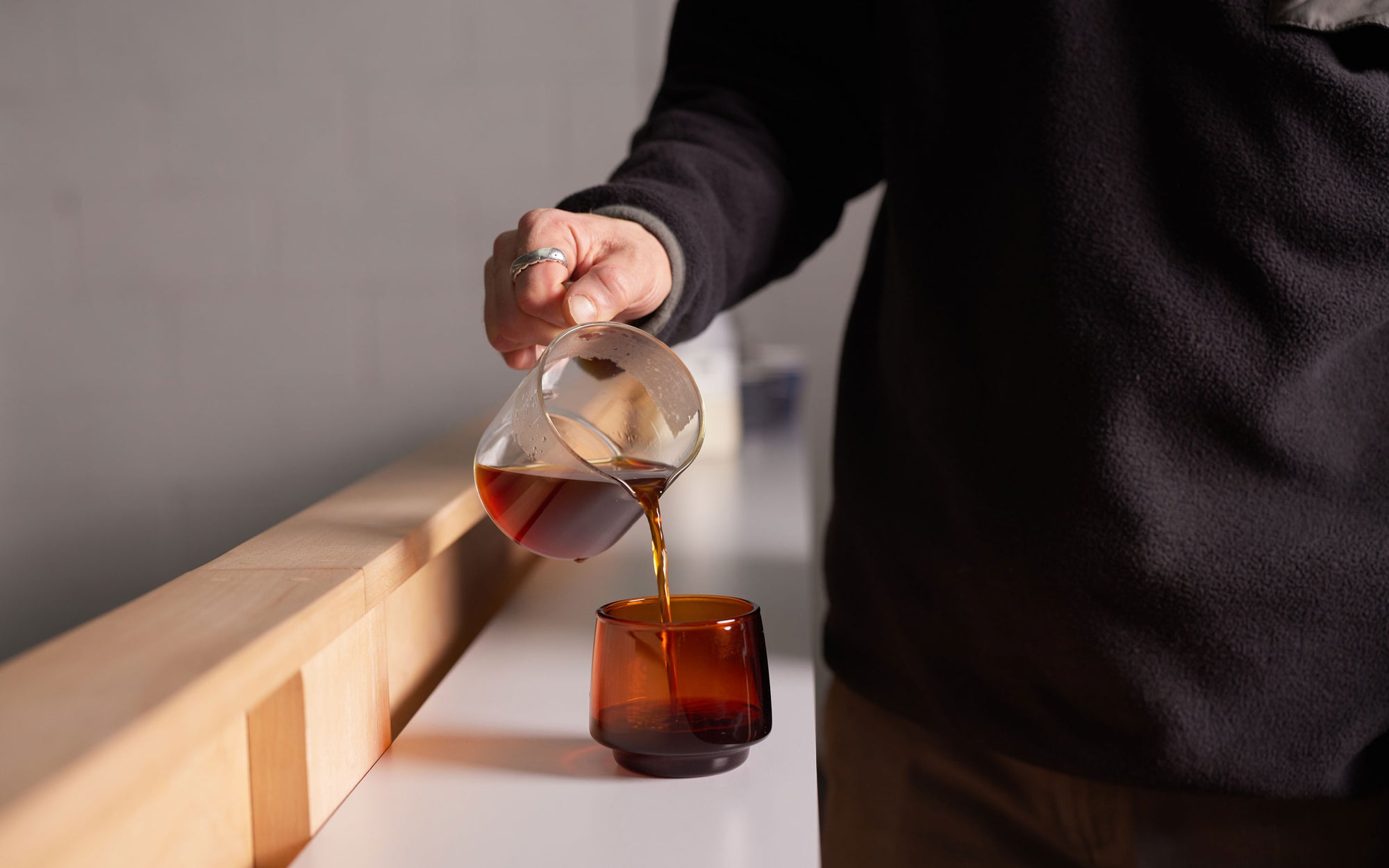C- Market Volatility and Staying Committed to Paying Specialty Premiums
Over the past couple of months we’ve seen a lot of people in the industry explaining what’s happening with the commodity market. We ourselves touched on it in our recent transparency report. Increased demand, production costs, climate events, shipping disruptions, failed harvests… it’s been a very volatile time for the price of coffee. Even from just September 2024 to today it has jumped from $2.50 to hovering around $4.30.


We wanted to dedicate a little more time to explain how these fluctuations affect our buying and how these changes will inevitably impact our pricing going forward.
We’ve chosen to look at the effects over time on the coffees we buy year on year from our producer partners we are committed to. We feel that it’s important to ground these general market conditions on our specific circumstances and buying. To that end, we’ve made a table that shows the average percentage increase in green costs, showing what the C market price was at the points we bought coffee and how much we paid.


Purchase time stamping explained:
The majority of our purchases are between June and September so we have taken the C market price point from that time stamp and given a forecast for what it might be like when we purchase this coming year for 2025 and 2026. We have to be prepared for the C market to remain where it is when we are writing this post on 26.03.25. Therefore, we simply cannot absorb a potential increase of 50% on the C price which leads to real cost increases of 20-50% for us after financing and currency exchange rate differential.


Further context:
Looking at the table you can see that when we made our largest volume purchase from Familia Garcia in September, the C market was hovering around $2.50. Naively, we thought we were buying when the price was high, but it went on to peak at around $4.30 just 5 months later in February. For context, when we bought this same coffee the year before the C price was between $1.50 and $2. Additionally the dollar strengthened at the start of the year when Trump was elected; coffee is traded in dollars and as a UK business the exchange rate made buying even more expensive.
The specialty coffee industry is predicated on the idea of paying a premium for a premium quality product - this is a core principle for us at Round Hill.


When the base price of coffee goes up, premiums need to go up too:
Otherwise what incentive is there for producers to put the extra time and effort into cherry picking, sorting, experimental fermentation and processing, lengthy drying, not to mention the additional equipment and labour costs required to reach specialty levels. We are incredibly lucky to work with the same exceptional producers year on year and we’ve seen their quality improve as they develop new ways to process coffee and experiment. For us to continue to pay a premium for the excellent coffee we receive isn’t just necessary, it's something we’re really happy to do.

